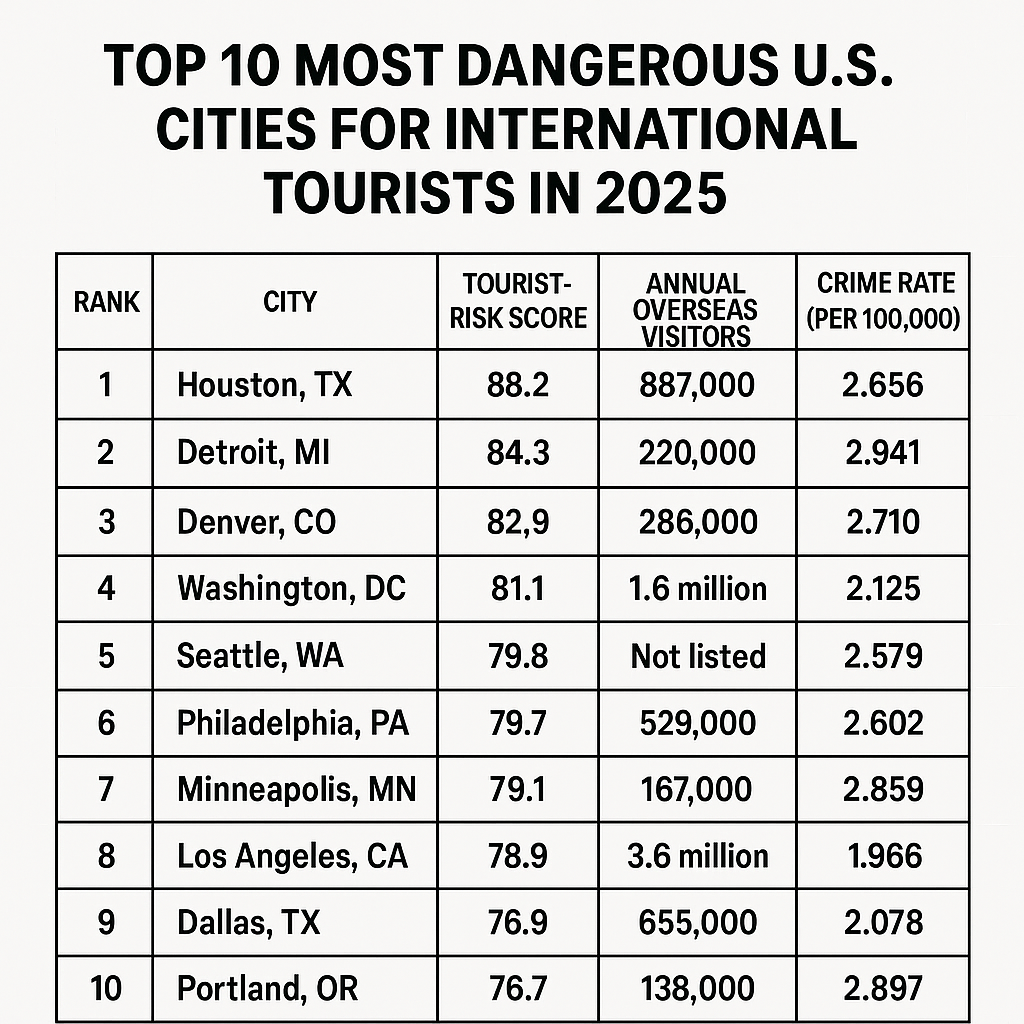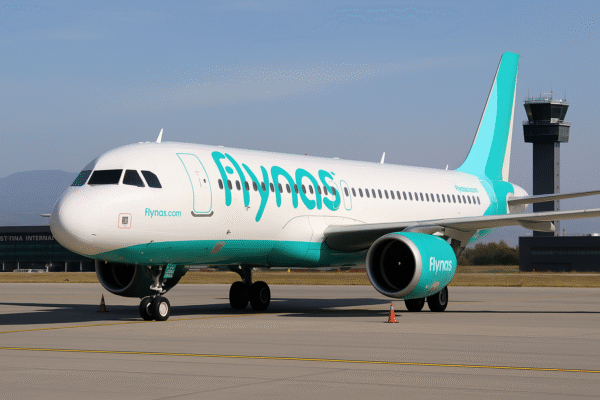The Middle East has entered a new era of travel, with Jordan joining forces with Saudi Arabia, the UAE, Qatar, Bahrain, Türkiye, and Egypt to drive one of the world’s most powerful post-pandemic tourism recoveries. Backed by booming visitor spending, record-breaking arrivals from Asia, Europe, and North America, and unified regional strategies, this group of nations is reshaping the global tourism landscape with vision, investment, and cooperation.
According to the Central Bank of Jordan, the kingdom posted a 11.9% increase in tourism revenue in the first half of 2025, totaling $3.667 billion. Despite a slight drop in June due to regional tensions, demand remains strong from Asian markets (up 42.9%), Europe (35.6%), and the United States (25.8%). Jordan’s approach reflects a broader regional trend toward attracting long-haul markets with improved access and premium experiences.
Jordan’s Tourism Revival: Anchored in History and Innovation
Jordan’s participation in this regional tourism resurgence is built on both its cultural heritage and modern infrastructure. Cities like Amman, Petra, and Aqaba continue to capture the imagination of travelers worldwide.
Amman blends cosmopolitan flair with ancient ruins, while Petra, the UNESCO-listed “Lost City,” remains a bucket-list wonder. In the south, Aqaba draws beach lovers and divers to the Red Sea, with expanding marine tourism options.
The government’s relaxed visa policy, digital eVisa platform, and targeted partnerships with regional airlines are helping connect Jordan with emerging source markets. Meanwhile, infrastructure upgrades and community-based tourism initiatives are supporting sustainable, inclusive growth.
Saudi Arabia: Global Tourism Growth Leader
Saudi Arabia has emerged as the fastest-growing tourism economy globally, posting over SAR 49.4 billion ($13.2 billion USD) in international visitor spend in Q1 2025—more than double pre-pandemic levels.
Backed by its Vision 2030 blueprint, the Kingdom is investing in futuristic megaprojects like NEOM, Red Sea Global, and Diriyah Gate, while expanding cultural and religious tourism through events like Riyadh Season and streamlined Umrah eVisas.
30 million international visitors arrived in 2024, and 116 million total travelers combined domestic and global visits. New stopover visas, unified GCC permits, and tourism corridors with partners like Jordan are making Saudi Arabia a regional anchor for the Middle East’s tourism boom.
UAE: Twin Engines of Dubai and Abu Dhabi
The United Arab Emirates remains a tourism powerhouse. In Q1 2025, Dubai welcomed 5.31 million international visitors, with hotel occupancy at record highs. In 2024, the city generated $179.8 billion in international tourist spend, securing its status as the Middle East’s financial and leisure capital.
Abu Dhabi, meanwhile, continues its rise as a hub for culture and wellness tourism, with projects like the Louvre Abu Dhabi, Saadiyat Island, and eco-destinations in Al Ain. Visitor numbers rose by 18%, with hotel revenues reaching $630 million.
Long-term residence programs like the Golden Visa and remote work permits continue to diversify the UAE’s appeal, as travelers increasingly seek extended and experiential stays.
Qatar: From World Cup to Year-Round Destination
Following the success of the FIFA World Cup 2022, Qatar is leveraging its global visibility with significant tourism growth. 1.5 million visitors arrived in Q1 2025 alone, with expectations to exceed 5.3 million by year-end.
Qatar’s appeal lies in its Gulf heritage fused with luxury urbanism, showcased in Doha, Lusail, and Al Wakrah. Cultural centers like Katara Village and museums like the Museum of Islamic Art are popular among both GCC and global travelers.
Its Hayya unified visa platform and strategic partnership with other Gulf states further streamline entry for long-haul tourists and regional weekenders.
Bahrain: A Quiet Giant Making Big Moves
Often overlooked, Bahrain has posted stunning growth. Q2 2025 arrivals rose 38% quarter-on-quarter, while tourism revenues surged by 562% year-on-year. The country aims for 14.1 million tourists by 2026, banking on its proximity to Saudi Arabia, relaxed visa policies, and a blend of beach, shopping, and heritage experiences.
Destinations like Manama, Muharraq, and Riffa are emerging weekend getaways, supported by growing marina resorts and the return of Formula One.
Türkiye: Record Tourism Revenue in Q1 2025
Türkiye (Turkey) reported $9.45 billion in Q1 2025 tourism receipts—welcoming 8.84 million international travelers. The government’s goal: 65 million visitors and $64 billion in tourism revenue by the end of 2025.
Tourism hot spots like Istanbul, Cappadocia, and Antalya remain global favorites, while Türkiye expands into health tourism, ski resorts, and UNESCO heritage routes. Visa access for over 100 countries supports year-round arrivals from Europe, Russia, and the Gulf.
Egypt: Cultural Comeback with Modern Enhancements
Egypt welcomed 8.7 million tourists in the first half of 2025—up 24% from 2024. Revenues are on track to surpass $16.45 billion, driven by the Red Sea coast, Nile cruises, and anticipation around the Grand Egyptian Museum (GEM).
The government has overhauled airport facilities, expanded eVisa access, and launched marketing campaigns targeting European and Gulf travelers. From Cairo’s pyramids to Sharm El Sheikh’s coral reefs, Egypt is reestablishing itself as a cultural and leisure beacon.
United by Strategy: The Middle East’s Travel Bloc is Here
These seven countries—Jordan, Saudi Arabia, UAE, Qatar, Bahrain, Türkiye, and Egypt—are leveraging shared strategies:
- Simplified eVisa platforms and unified Gulf entry schemes
- Massive airport, hotel, and transport infrastructure investments
- Event-led tourism boosts including major expos, festivals, and sporting tournaments
- Diverse offerings: cultural heritage, adventure travel, desert luxury, and beach escapes
This united regional approach positions the Middle East not just as a tourism destination, but as a model for global tourism resilience and reinvention. The future of international travel is increasingly being shaped from Amman to Abu Dhabi, from Istanbul to Doha.
As the world looks for safe, immersive, and well-connected destinations, the Middle East has become a global standard-bearer—offering travelers something ancient, something modern, and something unforgettable.
For more travel news like this, keep reading Global Travel Wire






















